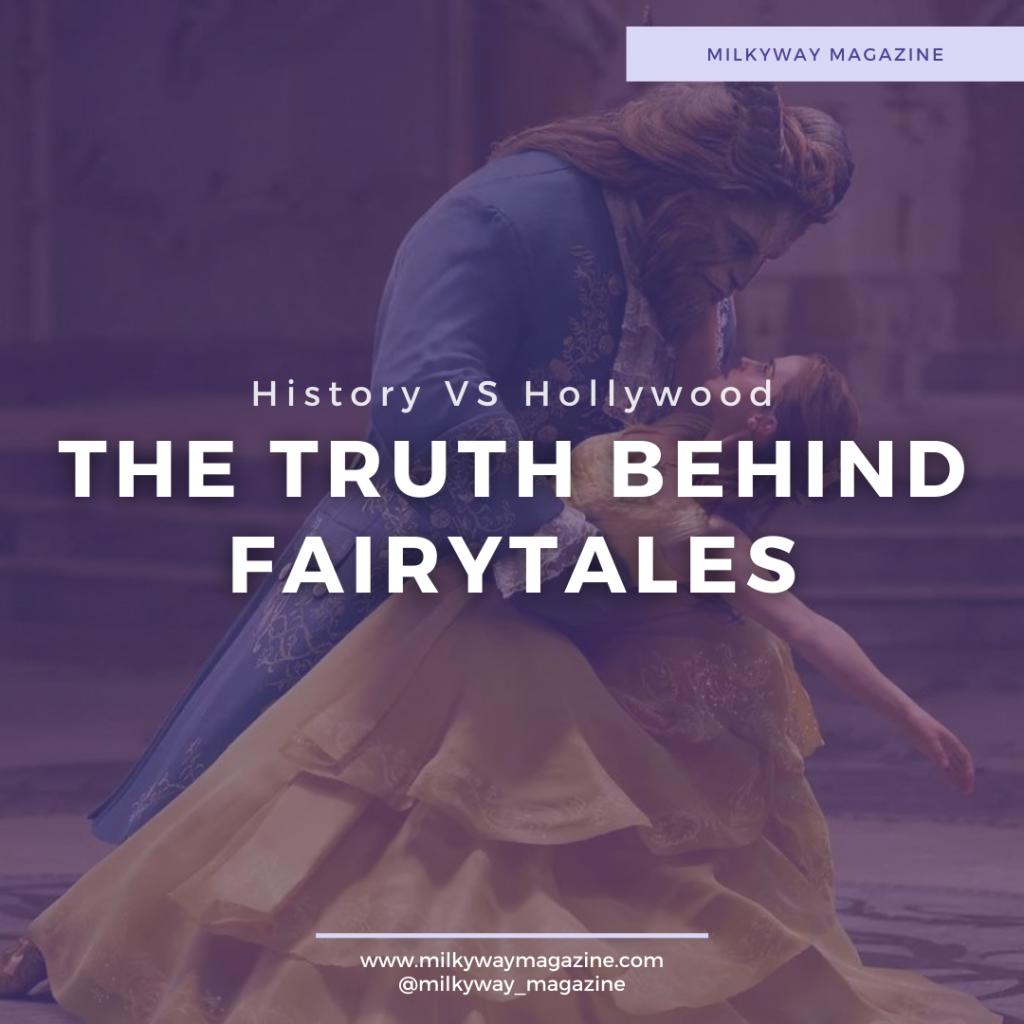
Written by Jana Amin
Edited by Ahmed Ashry
Dear reader, ask the beautiful pure soul inside of you “What’s your very favourite fairytale?” How numerous they are! Personally, I was obsessed with fairy tales too. You could tell my favourite one is “Beauty & the beast” because who didn’t wish and pray to be loved for their own self instead of being loved for our bodies and faces ? Who didn’t romanticize how beauty loved that nervous beast with anger management issues for who they are? If you’re a big fan, you better not read the rest of the article because the truth behind this fairytale gave me severe trust issues.
To begin with, the real story did not involve a magical spell or a curse which sadly means there’s no existence for magical talking clock, teacup, candelabra… etc.
That beast we all loved was known as “Petrus Gonsalvus”. Gonsalvus wasn’t a prince as was mentioned. He didn’t have that massive muscular, attractive body as was mentioned. He was a married man who was sadly suffering from Ambras syndrome, a genetic condition defined by an abnormal amount of hair growth in excess of the regular amount, and for Gonsalvus’s bad luck, his case the entire body affected! In his special case, the disease has been referred to werewolf syndrome. Therefore, he was abused as if he was a real freak! Who said looks are nothing everything just lied since each eye viewed him as an uncivilized hairy wild half-beast half man, just as a wolf, he was captured in an iron cages, given raw meat and animal feed. Have you burst into tears yet? Because I did.
Gonsalvus only bliss was in 1547, when he was shipped to King Henry II of France as a gift. Thank goodness, someone rescued this innocent soul as the kind decided he would attempt to educate and transform the beast into a gentleman by teaching him to speak, read, and write in not just one, but three different languages! He spoke three languages fluently! The royal court therefore was nothing but impressed as the king’s social status rose high and rose. Gonsalvus became the property of the king’s widow. But all that didn’t change the fact that most still viewed him a less than human.
Catherine, who was the daughter of a royal court servant, decided to conduct her own experiment with Gonsalvus. She found a young maiden also named Catherine, and they both met for the first time on their wedding day. And their unconditional love story lived more than 40 years of marriage. The family’s story spread throughout the region, eventually becoming the inspiration for one of the most popular love stories in literature, and subsequently, modern cinema.







